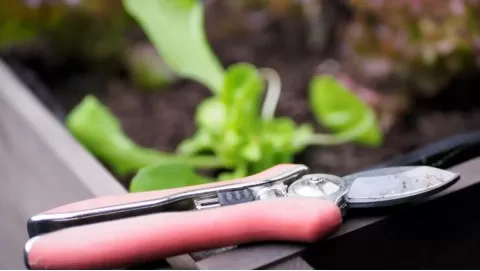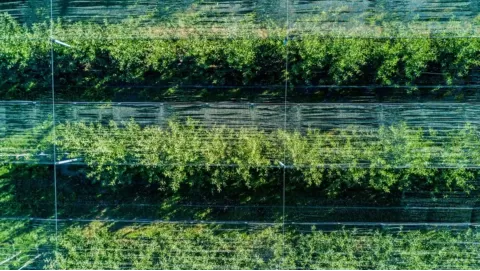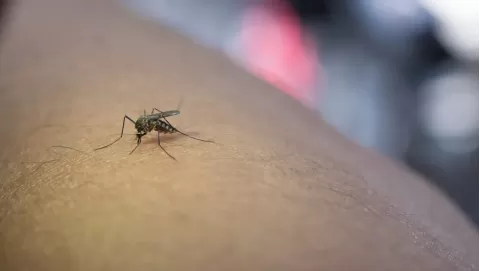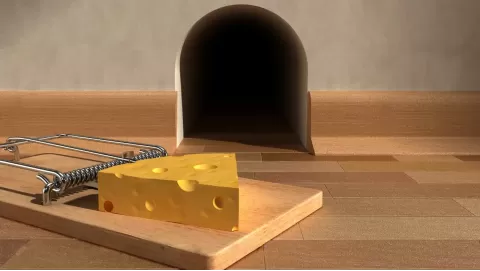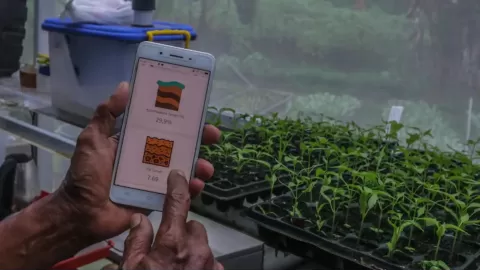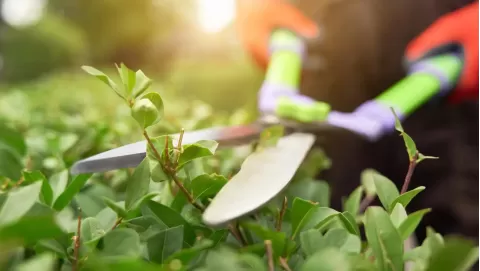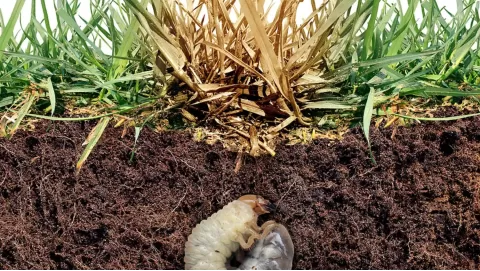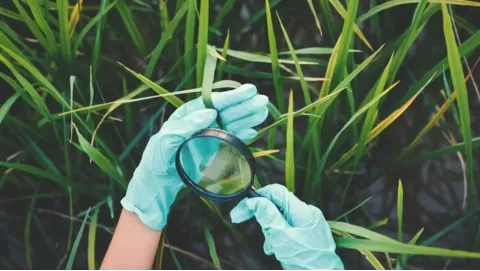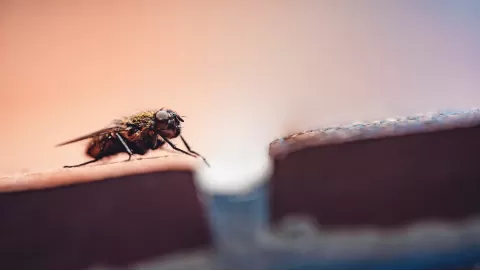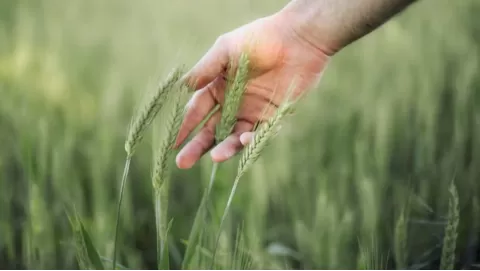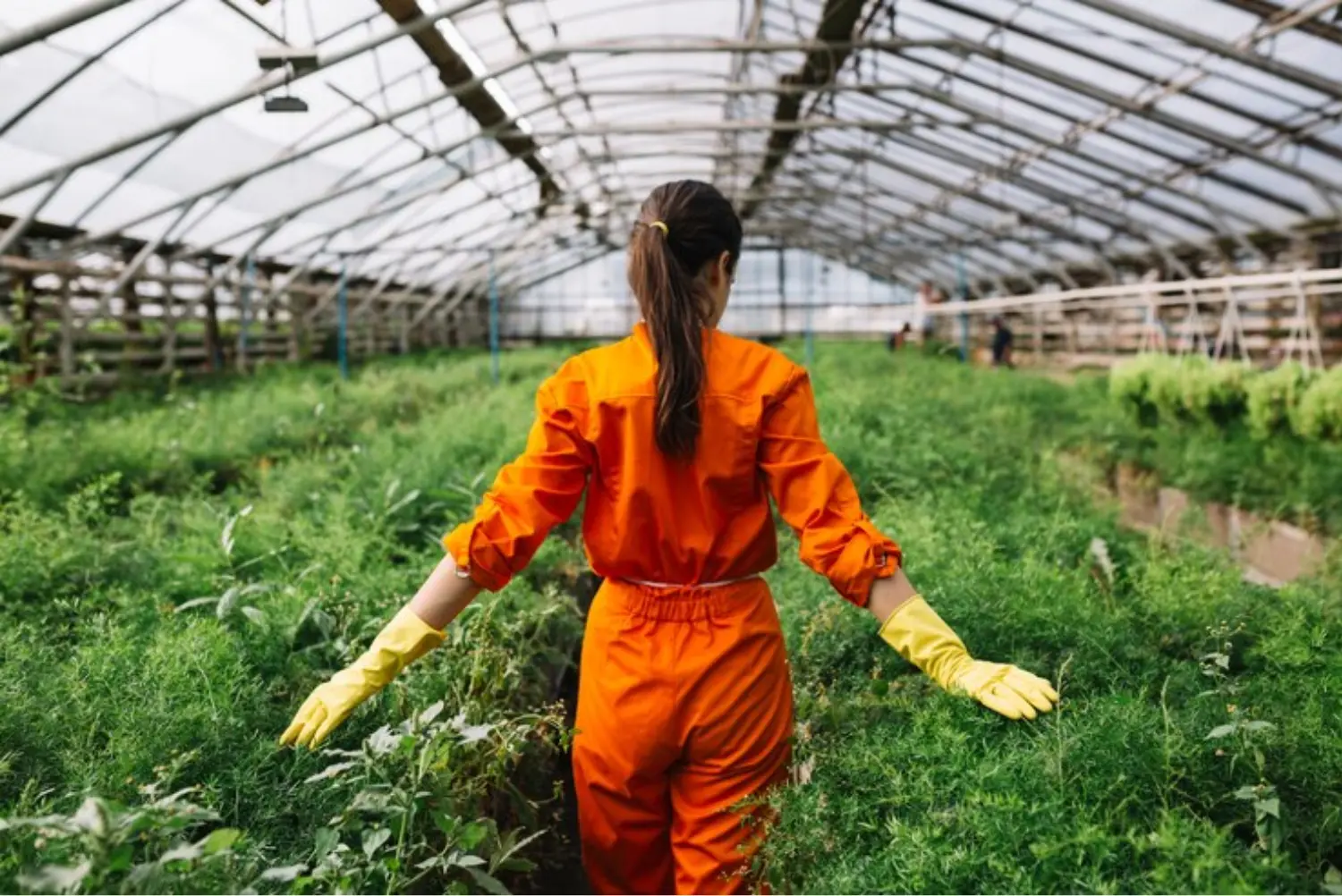
Integrated pest management in agriculture
Integrated Pest Management (IPM) is a green agricultural practice, a more sophisticated, layered approach to pest control. Based on principles of ecological balance and environmental stewardship, IPM represents a break from the standard of indiscriminate pesticide use with a multidisciplinary approach that integrates multiple pest control methods while disrupting local ecosystems as little as possible.
IPM is focused on the regular and responsible way to handle pests like monitoring, intervention, and prevention. Integrated pest management uses a broader variety of tools and practices than chemical pesticides alone, including cultural and biological controls, mechanical tactics, and judicious use of chemical agents only when needed, unlike traditional pest control that relies heavily on chemical pesticides.
This article is going to cover Integrated pest management in agriculture, such as its history, major components involved, challenges, future innovations, fundamentals, practices, and benefits.
Historical background and evolution of IPM
IPM’s roots run deep in the troubled history of modern agriculture. The mid-twentieth century saw a major game change in agricultural tech, in the widespread use of chemical, synthetic pesticides. These synthetic chemicals seemed like miracle cures designed to eliminate pests but turned out to be just what they were: a hazardous substance that caused negative impacts on the environment and human health.
The introduction of chemicals for pest control, on the other hand, led to non-selective and excessive pesticide use, pesticide resistance development in pests, environmental pollution, and harm to non-target species. Rachel Carson’s 1962 groundbreaking book, The Silent Spring, provoked outrage in the public and exposed the dangers of overusing pesticides. Scientists and farmers started to look for new methods to relieve pest pressures that didn’t pose a threat to human or environmental health.
In the increasingly dark days of traditional pesticides and other chemical-based solutions, the integrated pest management approach became very helpful.
Governments, academic institutions, and agricultural organizations started to embrace integrated pest management strategies. They are an essential aspect of sustainable agriculture. Their sudden ascent from an inspiration to a broadly used framework perfects a timeless human endeavor to realize agricultural productivity in harmony with ecological balance.

Principles of Integrated Pest Management
Integrated Pest Management is a proactive, comprehensive strategy for pest issues built around a set of principles. Here are some fundamental ecological and agricultural principles to keep in mind:
- Prevention: As its name indicates, prevention is at the heart of IPM: trying to stop pest problems before they occur. Farmers engage in cultural practices (crop rotation, sanitation, and habitat manipulation) that discourage pests from establishing souks in the field. However, pest management practices used in conjunction with the reasonable use of pest control materials do not make an integrated pest management program effective.
- Pest monitoring and assessment: Periodic monitoring and assessment of pest populations and crop health is a fundamental component of IPM. Farmers are delivered real-time data to inform decisions and try to avert pest outbreaks before they happen, using tools including field scouting, pheromone traps, and remote-sensing technologies.
- Thresholds: IPM uses economic and ecological thresholds to identify which pest populations need to be controlled. Based on the level of infestation, they can initiate threshold-based strategies whereby farmers can detect the degree of pest infestation and selectively apply the control measures to avoid indiscriminate applications of the pesticides.
- Cultural control practices: Use of intercropping, crop diversification, and trap cropping lead to increased diversity of predators to pests and serve as physical barriers to pests, thereby encouraging decreased reliance on chemical insecticides.
- Biological control agents: Predators, parasitoids, and microbial pathogens are central to any IPM as they mean that pest populations will always stay at an economically viable level.
- Mechanical and physical control: IPM recognizes mechanical and physical control options as alternatives to the use of pesticides. Some of these pest management techniques, such as hand-picking of pests, mulching, and covering of rows, are non-chemical methods that are particularly beneficial in organic systems as they have restrictions on chemical inputs.
- Chemical control: Pesticides are one component of an IPM system and are only used when all else has failed. In the context of IPM, these materials (pesticides) should be used only as a last resort, using data on efficacy, environmental impact, and human health risks.
As an important approach of IPM programs, a successful pest management strategy is essential to sustainable agriculture and healthy ecosystems. It is a cornerstone of how farmers can assemble resilient, ecological farming systems.
Advantages of applying IPM in agriculture
Reducing the requirement for chemical pesticides was one of the greatest advantages of integrated pest management in agriculture. This supports targeted and responsible pest management instead of conventional pest management practices, which may rely on non-specific pesticide applications. And to reduce the number of insects much more, to the point where it is crossed with less availability of synthetic compounds, with the help of mechanical, biological and cultural control methods.

This reduces the risks of resistance to the insecticide, contamination of the environment, and effects on non-target organisms, including species such as beneficial insects, birds, and aquatic life. Integrated pest management targets the actual pest, and insect pests can still be controlled without even disturbing the ecological balance.
Better long-term pest control
IPM offers you pest control that lasts longer. Its goal is to improve the resilience of agricultural ecosystems to pest pressure by increasing diversity and ecological balance. This helps to avoid the cycles of pest outbreaks, meaning those pest populations can be managed without needing to apply a chemical intervention whatsoever.
These methods are crop rotation, intercropping, and preservation of natural enemies. These methods help to improve crop yield and quality while decreasing the potential for insects and crop loss.
Significant cost savings
Beyond its environmental benefits, IPM has proven to be more cost-effective for farmers as well. Research has demonstrated how much money you can save in the long run by implementing integrated pest management strategies, proving their long-term economic value. The upfront installation costs, however, are not equal according to various factors such as the size of the farm or the previous infrastructure. IPM can help farmers become more profitable and less vulnerable to market fluctuations and shocks. Such will reduce input costs on chemical pesticides, minimize losses due to pest infestation, and consequently boost farm productivity.
In addition, IPM promotes a more integrated approach to agricultural system management, being more consistent with ecological objectives. The importance of those practices should be identified and integrated within the larger farming systems; this integrated approach to pest management (IPM) can ensure a sustainable future for generations to come where natural resources are preserved, for instance, soil health, water quality, and resilience of the ecosystem. This holistic ecosystem perspective also resonates with lawmakers and consumers increasingly concerned about the social and environmental effects of agriculture, adding trust to agricultural products and access to new markets.
Challenges and barriers to IPM adoption
While integrated pest management is beneficial for farming, it faces several challenges to implementation on a large scale. There are several barriers to the adoption of IPM tactics by farmers and other agricultural stakeholders. There are a number of obstacles that include a lack of knowledge, financial constraints, challenges in overcoming resistance, and regulatory challenges.
One of the major barriers to the adoption of IPM is that farmers need to educate themselves about the concepts and methods. Farmers might not be aware of the environmental and financial benefits of the IPM, or they might not know, educate, and resource on the IPM. As a result of this lack of information, many farmers are resistant to or are sceptical about adopting new methodologies; they are accustomed to existing chemical pesticide pest control methods.

Cost is one such obstacle to IPM adoption, and it is particularly true for smaller and resource-poor farms. Farmers with smaller budgets may struggle to invest upfront in an efficient pest management program that includes investment in infrastructure, equipment, and training. Fear of losing crops to pests might discourage farmers from trying out new methods of pest control, particularly in regions where farmers’ incomes are vulnerable to climatic as well as market changes.
pesticide resistance and resistance management is another barrier to IPM adoption. Too much dependence on these products can lead to resistance development among pest populations to chemical pesticides. As farmers cope with increasing insect pressures and lower value for their pesticide inputs, this cycle of chemical reliance could be worsened.
Requirements for compliance and certification put a lot of burden on a farmer, and in addition, they also face many regulatory restriction policies for the adoption of integrated pest management (IPM) approaches. Differences in legislation across continents or countries create uncertainty and potential for conflict, which can represent a major obstacle for farmers working in global trade or export markets seeking to adopt integrated pest management systems.
Final Words
An extremely helpful agriculture practice these days is an integrated pest management, a sustainable and holistic approach to pest management. It’s a method of pest control that employs multiple tactics while doing the least amount of environmental harm. It is a far from the past, where people just randomly used to fertilizer pesticides and they could not give a shit about their environment and ecology.
IPM has an impact on every aspect of society and is a system through which people could potentially change the way they farm and bring benefits to people, economies, the environment, and society at large. Integrated pest management (IPM) has evolved from a reactionary mechanism to the perils of traditional chemical pesticides into a globally accepted system for environmentally conscious pest control, which is now incorporated into standard agricultural practices.
IPM is based on a set of concepts that can help to reduce pest abundance and potential harm to the environment, including prevention, monitoring, and targeted intervention. Sustainable agriculture can live in harmony with nature if farmers use a mix of cultural, biological ,and mechanical control methods and tinker in a few chemical pest-control agents.
Disclaimer: This material is for informational purposes only and should not be relied on for legal, medical, financial, or other professional advice.






